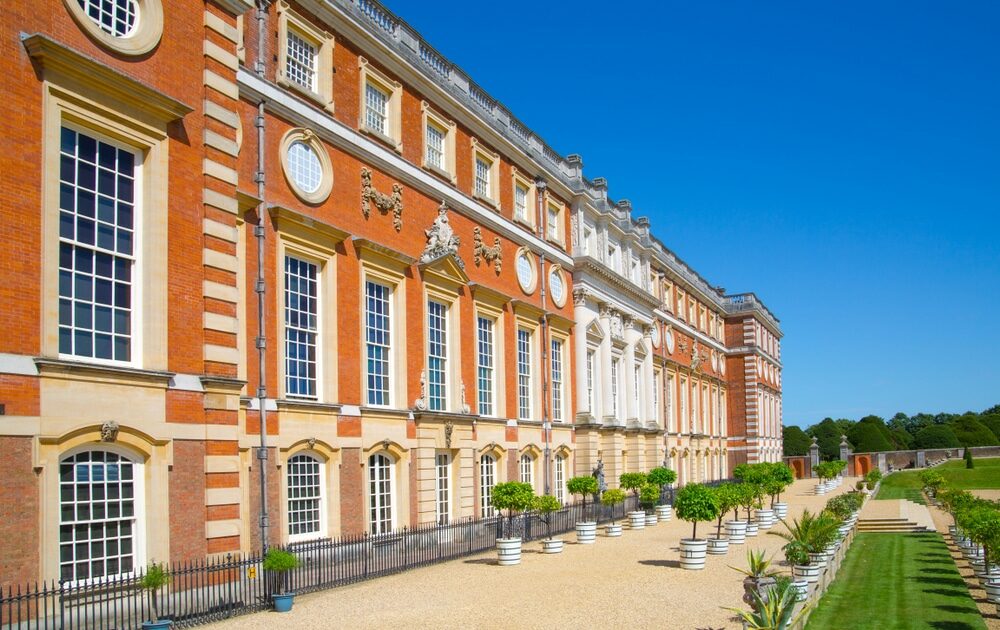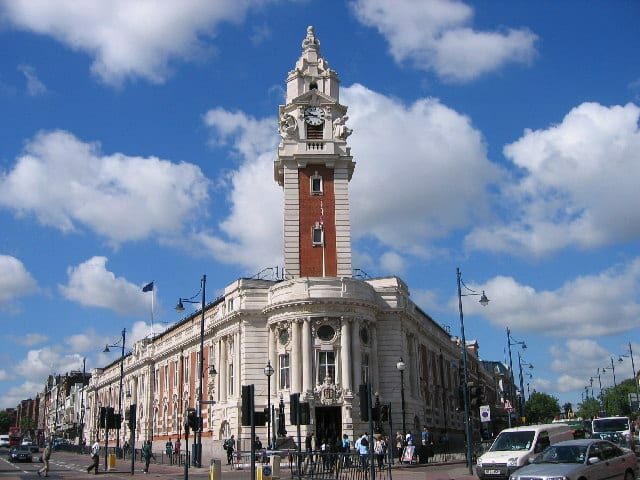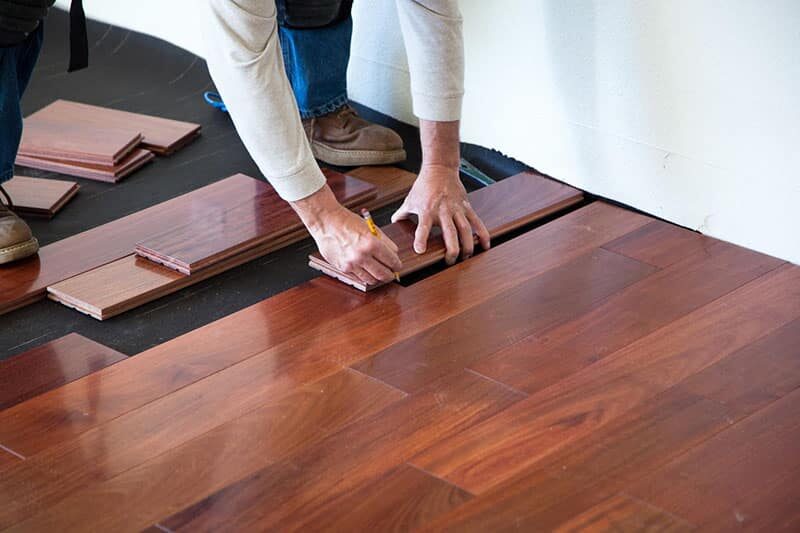London:
Nationwide:
Selecting the Ideal Wood Floor Restoration According to Your Lifestyle
Posted on May 30, 2023
Blog
Choosing the Right Wood Floor Restoration | A Lifestyle-Based Guide
Wooden floors are a timeless choice, boasting a classic allure that adds warmth and character to any home. Yet, like any house feature, they can fall prey to wear and tear over time. This is where wood floor restoration steps in. But, with many restoration methods available, the question arises: which type of wood floor restoration is best for your lifestyle? In this comprehensive guide, we’ll discuss the various restoration methods and provide insights to help you make an informed decision.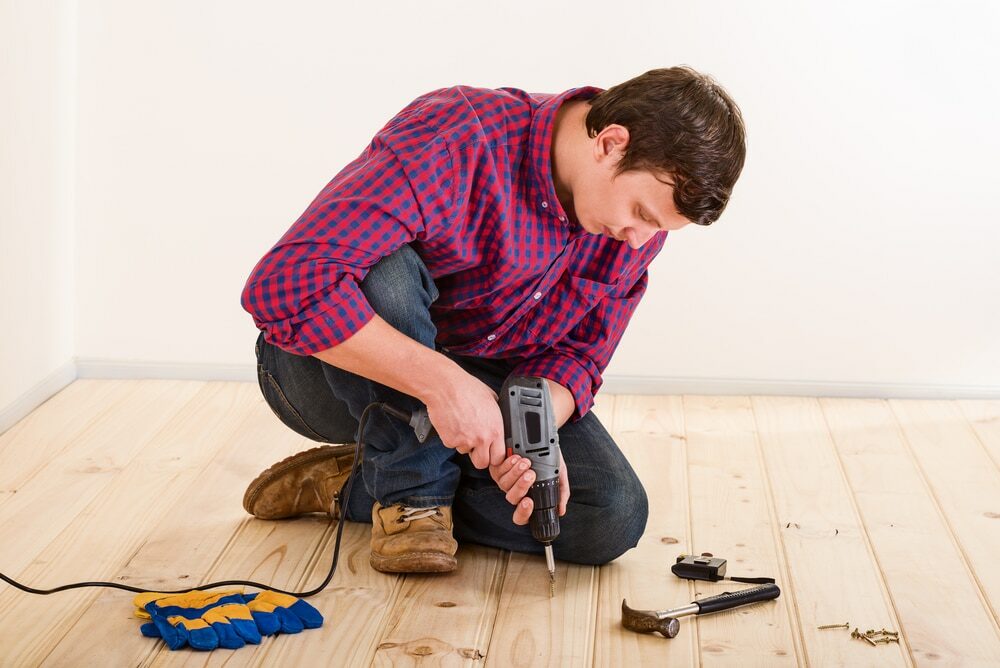
Understanding the Basics of Wood Floor Restoration
Before we delve into the various restoration methods, we must grasp the fundamental aspects of wood floor restoration. Generally, it involves reviving and improving the appearance of worn-out wooden floors through several processes such as cleaning, repairing, sanding, staining, and refinishing. The type of restoration you opt for should primarily be dictated by your floor’s condition, budget, and lifestyle needs.Cleaning and Polishing: The Minimalist Approach
The first and simplest form of restoration involves thorough cleaning and polishing. It’s a cost-effective, time-efficient method suitable for floors with light wear or minor scratches. Cleaning removes dust and dirt accumulated over time, while polishing provides a fresh protective layer, restoring the shine and luster of your wooden floor. This method is best for busy people who prefer quick, low-cost maintenance without the hustle and bustle of more extensive restoration processes.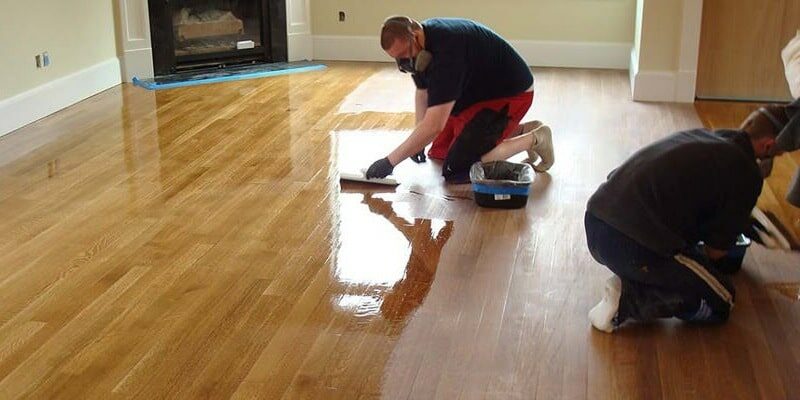
Buffing and Recoating: The Midway Solution
Buffing and recoating could be the perfect fit for wooden floors showing more significant signs of wear but not extensive damage. This method involves lightly sanding (buffing) the floor to remove the top layer of the finish and then applying a fresh coat of finish. This process is less invasive and time-consuming than complete sanding and refinishing. It’s a good fit for families with kids or pets where the floors undergo regular, moderate wear.
Sanding and Refinishing: The Comprehensive Restoration
When your wooden floor has significant wear, deep scratches, stains, or dents, sanding and refinishing become necessary. This method involves sanding the floor to the bare wood and applying a new stain and finish. While this is the most time-consuming and expensive method, it gives your floor a complete makeover, making it look brand new. It also allows you to change the color of your floor with a new stain. If you have a flexible budget and can accommodate the time and temporary inconvenience this process requires, the results can dramatically enhance your home’s aesthetic appeal.
Board Replacement: The Complete Makeover
Sometimes, the damage to the wooden floor may be too severe, making cleaning, buffing, or sanding insufficient. In such cases, you might need to consider board replacement. This involves removing and replacing the damaged planks with new ones. While this process is costlier and more time-consuming, it’s the best method when dealing with extensive damage like deep gouges, warps, or cracks. This method is ideal for those undertaking a major home renovation and wanting a fresh start.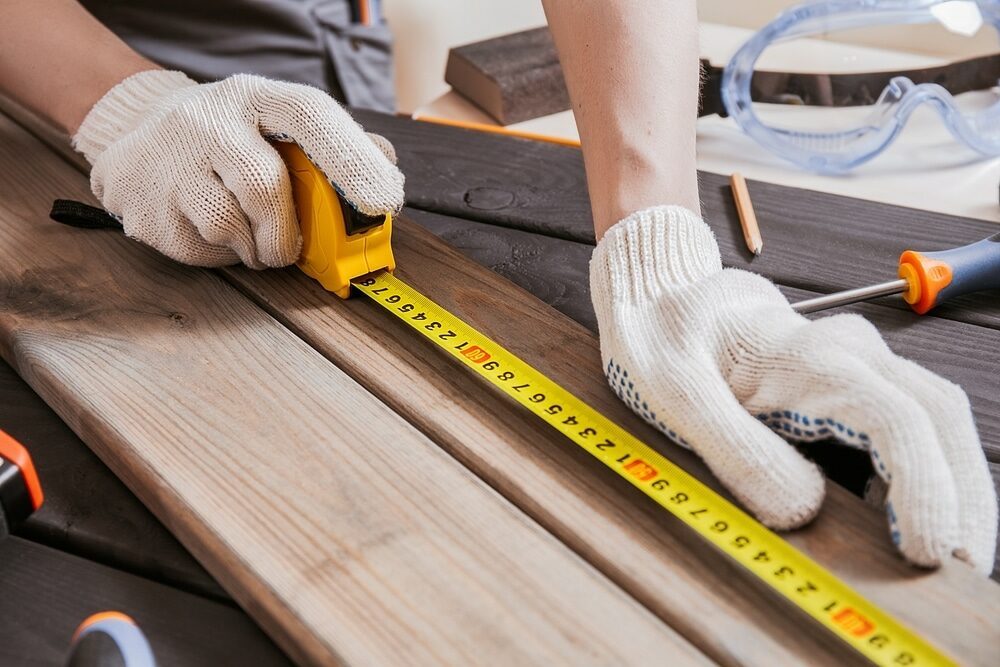
Customizing Your Restoration Approach
Wood floor restoration doesn’t always have to fit neatly into one category. Depending on your lifestyle, budget, and floor condition, you might need a combination of the abovementioned methods. Here are a few scenarios:- The Busy Professional: If you are always on the go with a hectic schedule, opting for a cleaning and polishing service twice a year can keep your floor well.
- The Family Home: With a bustling family life involving children or pets, considering a buff and recoat every few years can maintain the appearance and longevity of your floor. The process can be scheduled during school vacations or family trips to minimize disruption.
- The Renovation Enthusiast: If you are planning a complete home renovation or have moved into an old property with significantly worn floors, completing sanding and refinishing or board replacement can be a good investment. This will not only elevate the aesthetic appeal of your house but also add to its value.
- The Eco-friendly Dweller: For those who are environmentally conscious and prefer using eco-friendly products, all these methods can be tailored to fit your requirements. You can choose green cleaning products, eco-friendly finishes, or reclaimed wood for board replacement.
The Role of Professionals in Wood Floor Restoration
While some minor restoration tasks can be undertaken as DIY projects, the more extensive procedures are best left to professionals. This is mainly due to the specialized equipment and expertise required. Professionals can also give you a realistic estimate of the work involved and the cost and guide you in choosing the best method suitable for your lifestyle.
Maintenance: The Key to Minimizing Restoration
Irrespective of the type of restoration you choose, proper maintenance is essential to preserve the beauty and extend the lifespan of your wooden floors. This includes regular cleaning, immediate attention to spills, using protective pads under furniture, controlling indoor humidity, and periodic polishing or recoating.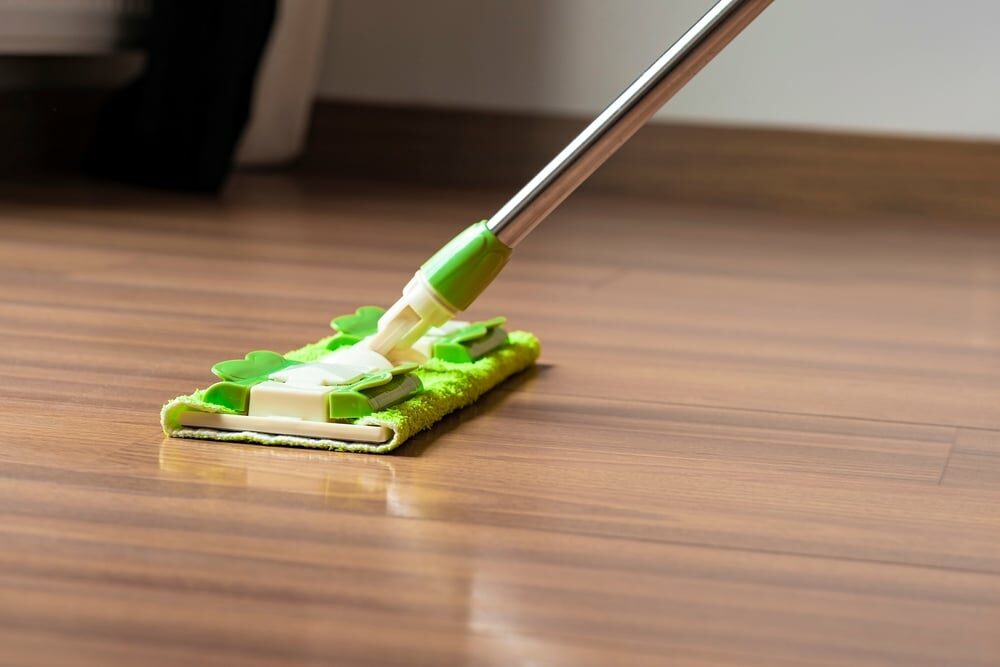
Conclusion
Wood floor restoration is a brilliant way to bring back the charm of your wooden floors. Whether you choose cleaning and polishing, buffing and recoating, sanding, and refinishing, or board replacement, it largely depends on the condition of your floor, your budget, and how each method fits into your lifestyle. Remember, the aim is to restore the floor’s appearance and ensure it suits your way of life in the long run. By understanding the various restoration methods and aligning them with your lifestyle, you can keep your wooden floors a stunning home feature for years. Remember, every floor tells a story. With the proper care and restoration, yours can narrate a tale of elegance and charm transcending time. Happy restoring!Some Useful Links:
- Floor Sanding Services
- School Floor Sanding
- Wood Floor Restorations
- Wood Floor Repairs
- Wood Floor Polishing
More from our Blog:
Care for Your Wooden Floors | The Ultimate Maintenance Guide Wood Floor Staining: Techniques, Tips, and Benefits Explained Mastering Hardwood Floor Sanding: Wood Mr Sander® London Restore Your Hardwood Floor with a Floor Sanding Expert Company in London Protect your Hardwood Flooring with Mr Sander® Restore and Refinish Parquet Flooring: Revive Your Old Charm With Mr Sander®
Sanding
We provide virtually dust-free sanding with our continuous belt machinery with mobile extraction units, giving you a safer environment for your family.
Oiling
This organic finish not only adds beauty to your home but also has exceptional water-repellent characteristics, making it easier to clean and maintain.
Waxing
This natural floor finish offers the softest and most mellow appearance – and leaves your floor able to breath.
Buffing
Using soft buffing machines (and hand-polishing where required) will bring a wonderful sheen to your newly-finished floor.
Repairs
We offer a full assessment of your wooden floors to determine what repairs are needed to provide the perfect working surface for the later stages of sanding, staining and sealing.
Restoration
We offer a comprehensive restoration process designed to address floors that are improperly fitted or damaged over time through wear and tear.
Request a fixed price quote for your wood floor restoration now
Simply enter your postcode below to get started.
Services
Wood Floor Sanding Wood Floor Restoration Wood Floor Scratch Repair Squeaky Wood Floor Repair Parquet Floor Sanding Parquet Floor Restoration Commercial Floor Sanding Church Floor Sanding Community Centre Floor Sanding School Floor Sanding Gap Filling Gap Filling with ResinCopyright © Mr Sander®
Privacy & Cookies Terms & Conditions Complaints Procedure Cancellation Rights Sitemap